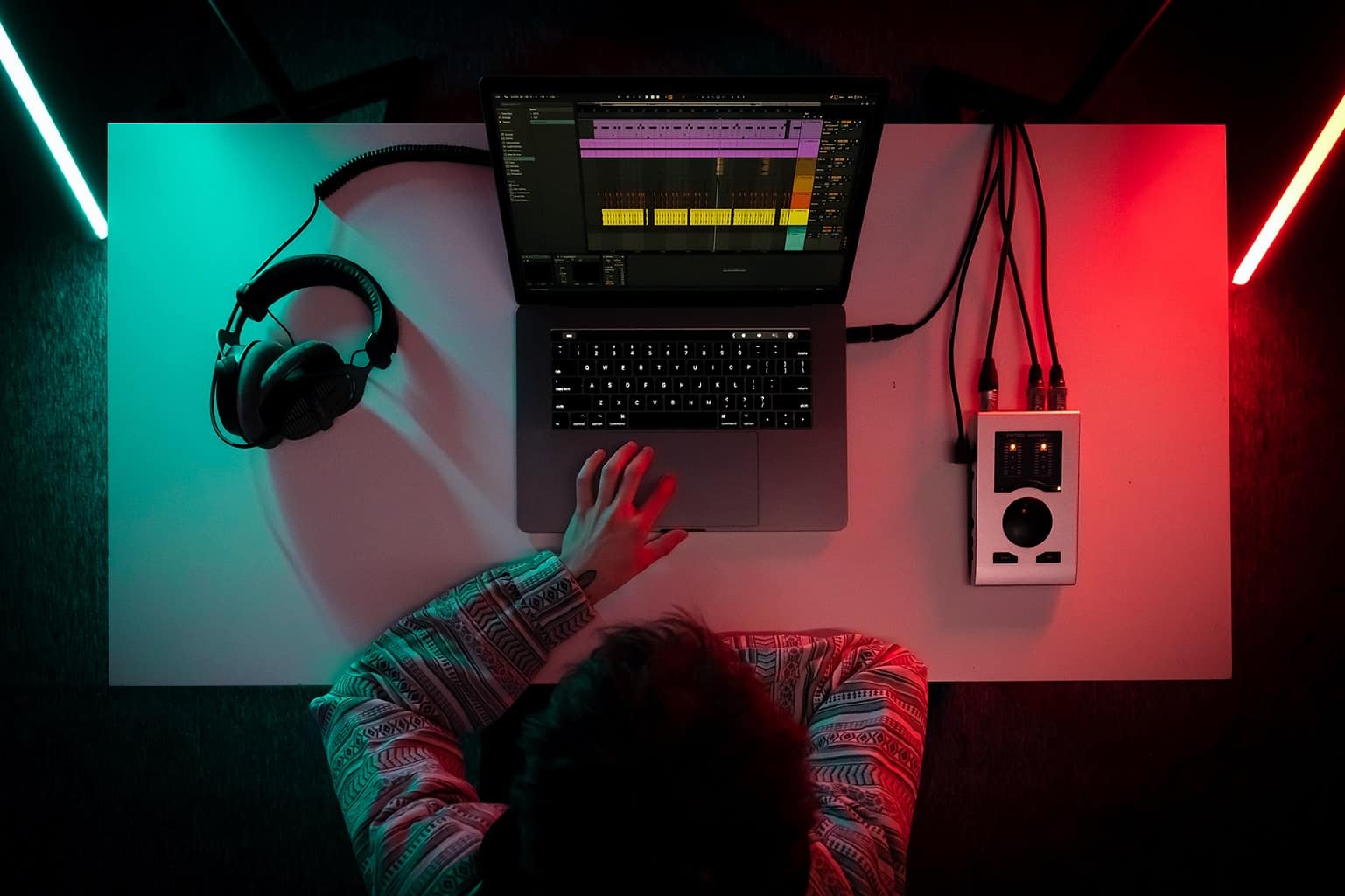Back at the end of the 90s and through the 2000s, the easiest way to have access to music was by downloading it on your devices. People could download any artist’s songs and then share them on other different platforms for other people to download too. For music to be legally downloaded, a user should pay for it, except for some artists offering free downloads. Otherwise, it is illegal and doesn’t provide any monetary benefit to the artists. And that was the type of music available to download.
Today, the trend of legal music sourcing is more encouraged. You can listen to millions of songs from across the world through Spectrum One plan or your respective Wi-Fi connection. You may have to pay a small fee or tolerate ads for this entertainment.
Early Days of Sourcing Music
The early days of music sourcing were either you buy a CD or choose the good ole illegal downloads. The benefit of CDs was that you could save all the songs on your computer, and they would stay there for good. A good thing about buying CDs was that the artists made money from the sales of music. You could even share those downloaded songs with your peers from your computer, impacting the revenues for the artists by sharing discs. Still, it wasn’t considered too big of a problem.
However, the main challenge and the illegal way of music sourcing was through illegal downloads. It was easy and popular, and most people had the only way to download their favorite tracks. These songs would then have ludicrous names like a string of random characters and the more popular format of Unknown_Artist_Track_1, etc. Even if those songs were sung by the biggest pop stars of the time, they would still have these anonymous-looking titles once downloaded on your devices.
One free yet ethical way to listen to music was through the radio. Many radio stations played new music. Also, some stations stick to a particular genre, take Southern for instance. Music on the radio is free and legal because you have to listen to the unskippable ads that generate revenues for radio stations. But you cannot download the music on the radio. Not to mention that the background noise can sometimes ruin your favorite part of the song.
Problems with Music Downloading Today
To download free music, you must visit fishy websites where finding the actual download button is a battle on its own. And pop-up ads make the whole thing worse than it is. You need to have an adblocker which some free music websites will tell you to turn off.
Now all of this, or some of it, is bound to happen to you if you are searching for free music. But the worst thing that can happen is you download viruses like Trojans or malware. Such viruses can make your device act weird, impact its functionality, or could lock them until you pay the ransom.
Lastly, if you love dozens of songs and want to take the most ethical approach, it is to pay for the music you listen to. An average song costs a dollar on Apple Music, and an album will cost you around ten. For millennials and older generations who used to buy albums, getting some today may not seem like that big of a problem. But most people won’t be especially thrilled by the
Streaming Music Instead of Downloading
Instead of downloading music, a new concept of streaming music has taken over. Various streaming platforms like YouTube, Spotify, Apple Music, SoundCloud, and many of the same nature have changed how people enjoy music. You cut all the illegal and dangerous browsing parts by streaming. All you need is a phone or laptop and an active internet connection. Type the name of the artist and the song in the search bar (if the song is popular, the song’s name alone will bring the result too) and hit that enter button. Then click the play button and the song will start playing.
Many things about streaming are amazing. For starters, you don’t have to go through the inconvenience of downloading from those illegal ad-filled websites. Secondly, it’s not illegal and artists make money from your streams. Almost every streaming platform either has a subscription model or is ad-supported. These subscriptions are quite affordable. You can listen to music 24/7 at the cost of a single album. And if you choose not to pay, you will have to endure ads, just like radio stations have to keep on listening to free music.
A major advantage of opting for the paid tier of these platforms is that you can “sync” music. It’s the same thing as downloading, as you listen to music even when away from the internet. But this music does not leave the app and gets locked when you don’t pay for the subscription. All things considered; it won’t be wrong to call synchronized music the new music download.


